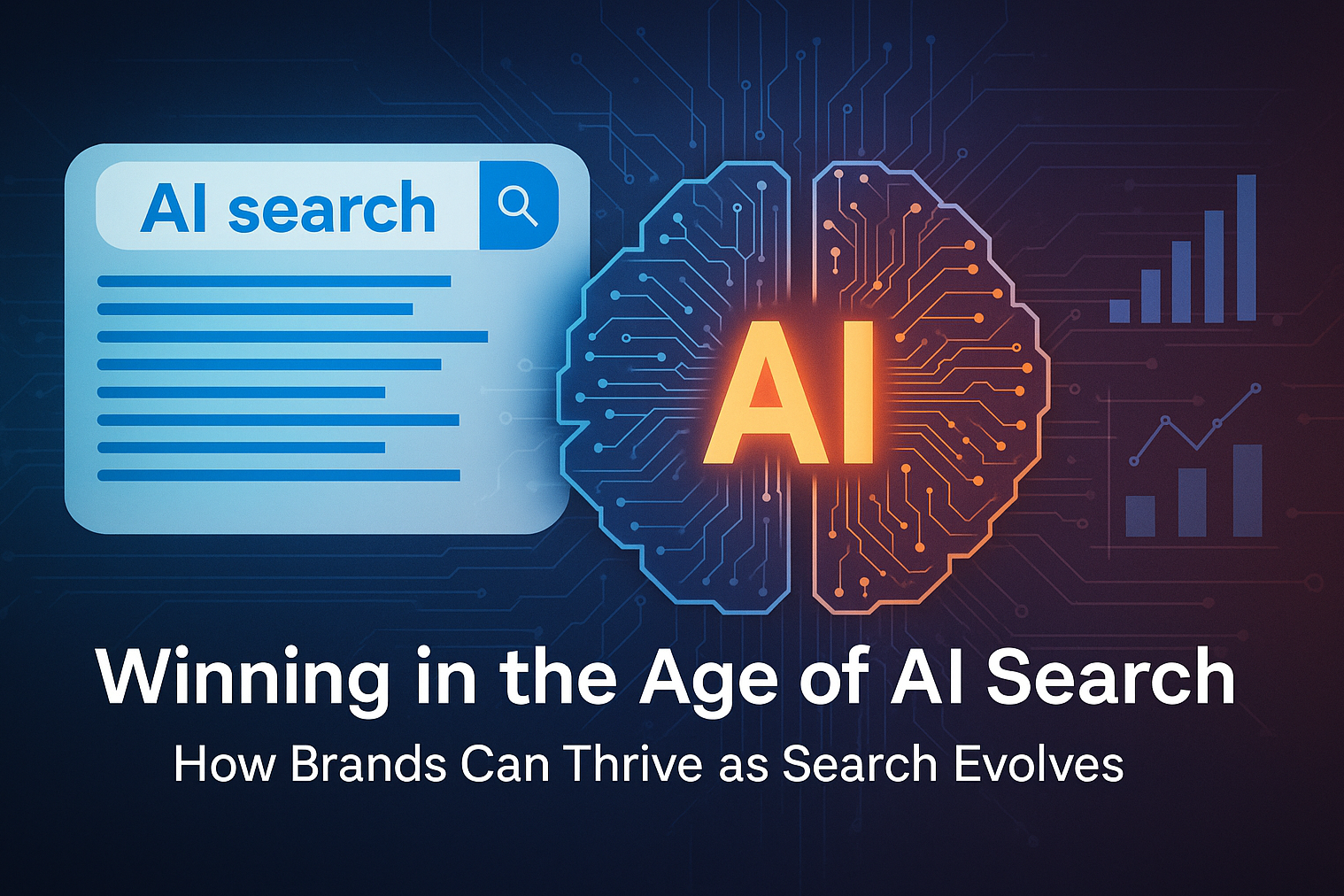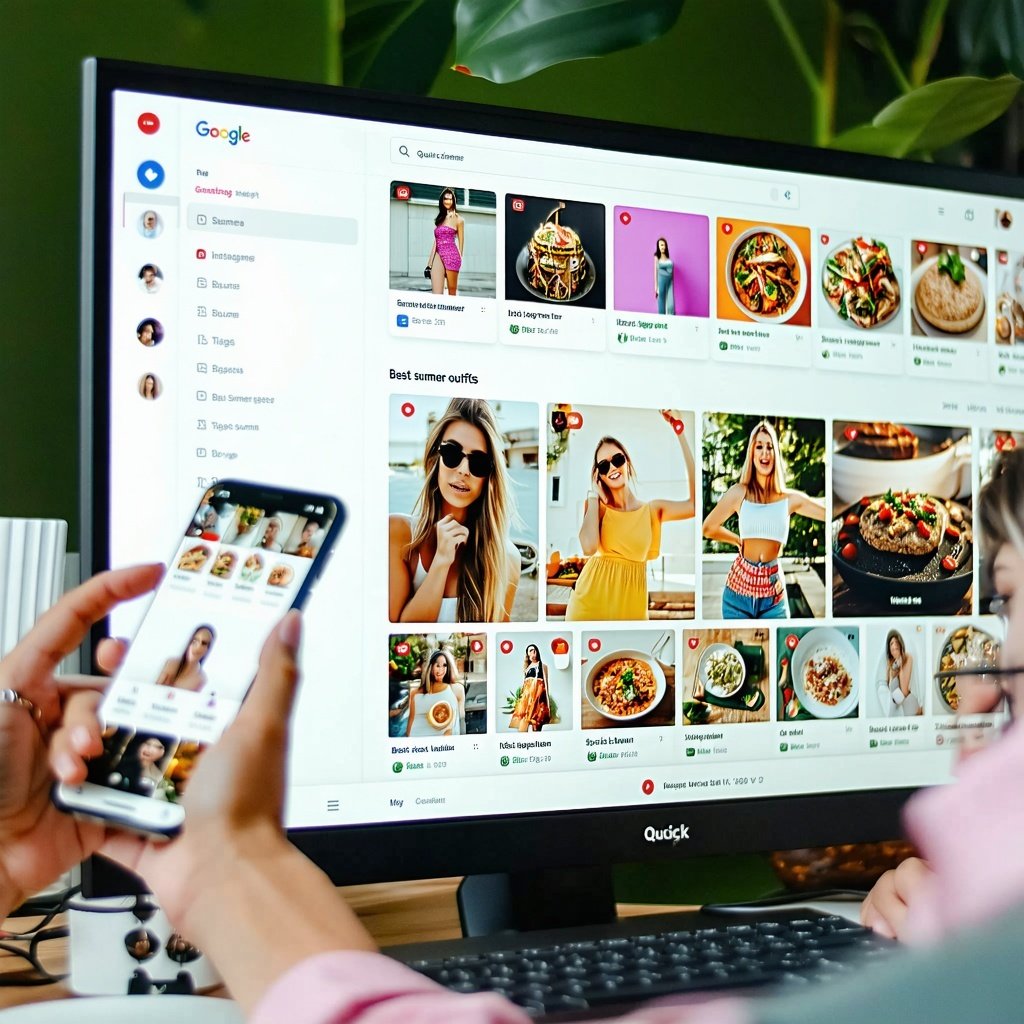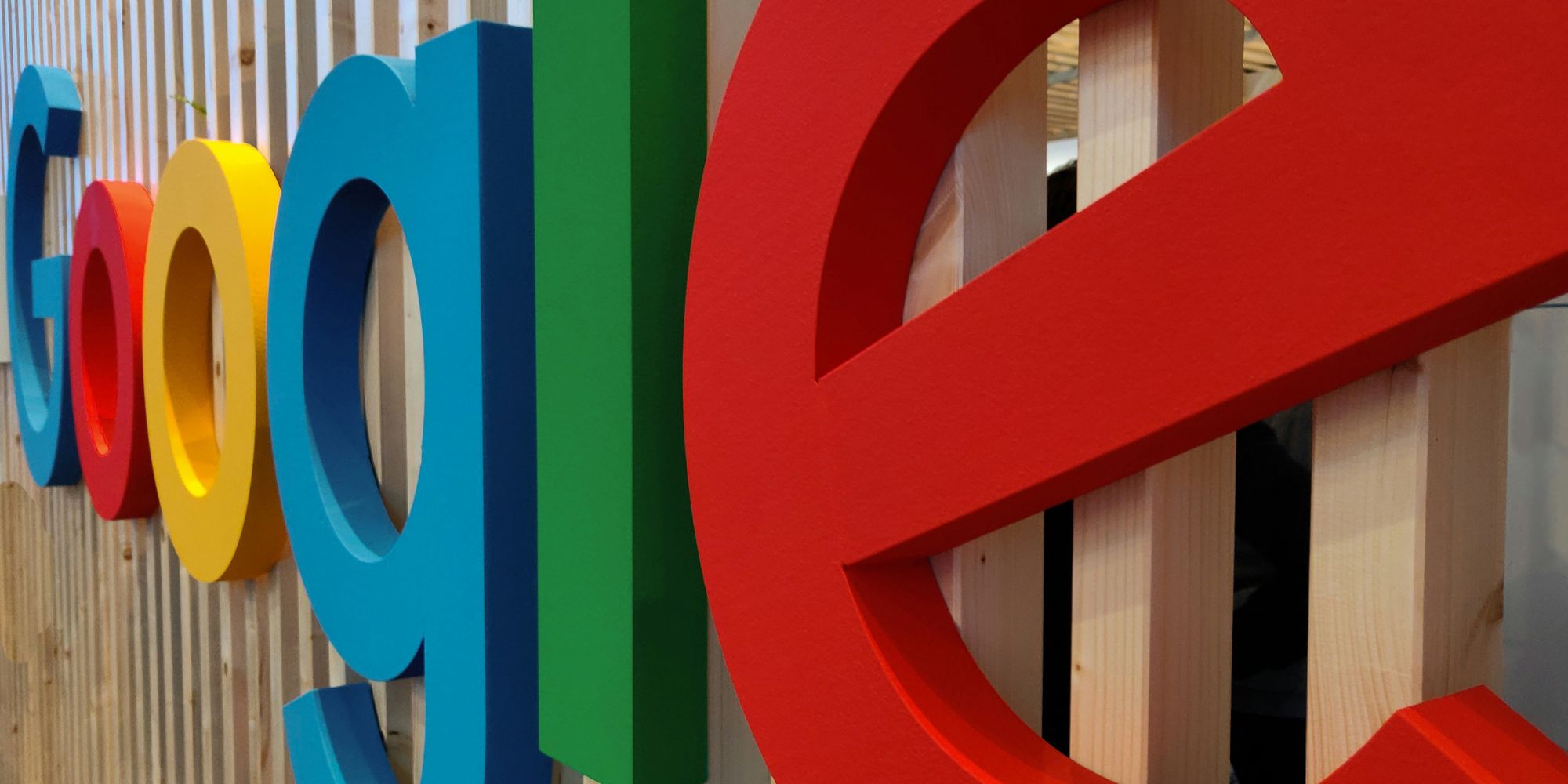Winning in the Age of AI Search: How Brands Can Thrive as Search Evolves
Search is changing faster than ever. With the rise of AI-powered features like Google’s AI Overviews and AI Mode, the familiar “10 blue links” are...
Read moreWith the release of GPT-4, how revolutionary will this tool be? Alan Rowe takes us through it...
Digital marketing is evolving at a rapid pace, and staying ahead of the curve is crucial for your online success. With the advent of advanced AI tools like GPT-4 ChatGPT, content creation and search engine optimisation (SEO) have been taken to new heights.
In this blog post, we'll delve into the wonders of GPT-4 ChatGPT and explore whether you can leverage this cutting-edge technology to create well-optimised, punchy, and engaging meta data that will drive your digital marketing efforts.
Okay, so GPT-4 wrote the above introduction. I have been playing around with ChatGPT for a while now. Last year, it seemed like a complete game changer. Then, as people started to test it to the limit, as well as to try to jail break it and get it to go against its programming, there was a process called "nerfing" that took place. Certain lines of enquiry and prompts were rejected and users were just met with a standard response about how "as a language model" etc.
So, we have now seen the release of GPT version 4, the natural successor to GPT-3.5, which is doing really well in most tests. I have put it through its paces and got it to output a simple web page (I still had to copy and paste the code into an IDE and then render the code manually).
I am not too worried about developers getting replaced yet, but it certainly could speed up workflows. I did get it to write a WordPress plugin - that was certainly impressive. I got it to give me the exact commands on how to help free up space on a Linux server and debug some PHP code, all very successfully.
One area that is certainly threatened is natural language writing. Below is the rest of the post that this AI tool wrote for me on the topic of writing meta descriptions for on-site content. Smaller tasks like this are something that we, as an agency are embracing ChatGPT for, but this blog has the added test of how effective it could be for full blog articles. You can see for yourselves how good it is (or not), and we’ll be monitoring performance to see how well this performs for our chosen keywords (can you guess what they are?).
Despite what it says below however, Google has made it very clear that it will not be rewarding auto-generated content, so beware! In fact, that's why I am writing this narrative right now - as a test. Let's see if this post ranks or not.
From what I can see and the tests I have run, I would say that skilled digital marketers should embrace this technology rather than bury their heads in the sand and if they do, they need not worry. To get the best results and to make it really useful for non-trivial tasks, you as the conscious human have to have the bigger picture in mind. Success or failure is all about the prompts. The more expert you are in your field, the more able you will be to write the right prompts and get the results you want. Sure, you can use the tool to help you complete discrete tasks but it will not (yet) complete your entire project.
So let's see what else the tool had to say:
Meta descriptions are a crucial component of your website's SEO. They provide a brief summary of your web page's content and help search engines understand the topic of your page. Additionally, a well-crafted meta description can entice users to click through to your website from the search engine results page (SERP).
Here's how you can use ChatGPT, an AI language model, to create the perfect meta description for your web page:
Before you start writing your meta description, it's essential to identify your primary and secondary keywords. These are the keywords that you want to target with your web page.
For instance, let's say that your primary keyword is "best yoga poses for beginners," and your secondary keywords are "yoga for beginners" and "easy yoga poses." Including these keywords in your meta description can help improve your page's relevance to users and search engines.
Once you've identified your primary and secondary keywords, it's time to use ChatGPT to generate meta description ideas. ChatGPT can generate human-like text based on the input you provide.
For instance, you could input: "Learn the best yoga poses for beginners and discover how to start your yoga journey with easy yoga poses. Improve your health and wellness with our yoga for beginners guide."
Once you've generated a list of meta description ideas using ChatGPT, it's time to choose the best one. Here are some tips to help you select the perfect meta description:
Now that you've selected the best meta description, it's time to write it. Make sure you follow the tips above and keep it concise, include your primary and secondary keywords, use active voice, and highlight your unique value proposition.
Creating the perfect meta description is a critical aspect of your website's SEO strategy. By using ChatGPT, you can generate meta description ideas that are both SEO-friendly and engaging for your target audience. Follow the steps outlined in this blog post, and you'll be on your way to crafting the perfect meta description for your web page.
It's worth noting that, if you take a look at the meta description for this page, you'll see that it comes in at 251 characters - far beyond the recommended length of 160! We skipped the step of writing the description based on the ideas given, as we wanted to get some data against how raw AI-generated content would perform, but this emphasises the need for human editing before the finished product is released.
So the question is - could you tell which parts were written by me, Alan Rowe and which bits were written by the AI?
More articles you might be interested in:

Search is changing faster than ever. With the rise of AI-powered features like Google’s AI Overviews and AI Mode, the familiar “10 blue links” are...
Read more


Arming yourself with the right tools to ensure a smooth site migration is important - find out how to protect your SEO during a migration today.
Read more
Google employees have recently announced that the upcoming Google Core Update is set to be released in the coming weeks. Understanding and addressing...
Read more
Language matters. Any marketer worth their salt knows this. But when discussing gender and sexual orientation, that importance is amplified tenfold.
Read more
When marketers think of thought leadership, there are names rather than ideas, that tend to spring to mind.
Read more.jpg)
With ChatGPT and generative AI becoming more prominent, Dr Dave Chaffey talks through how to review the marketing opportunities AI can bring to your...
Read more